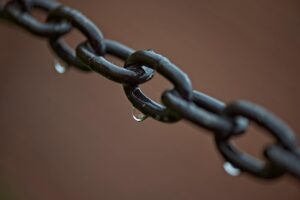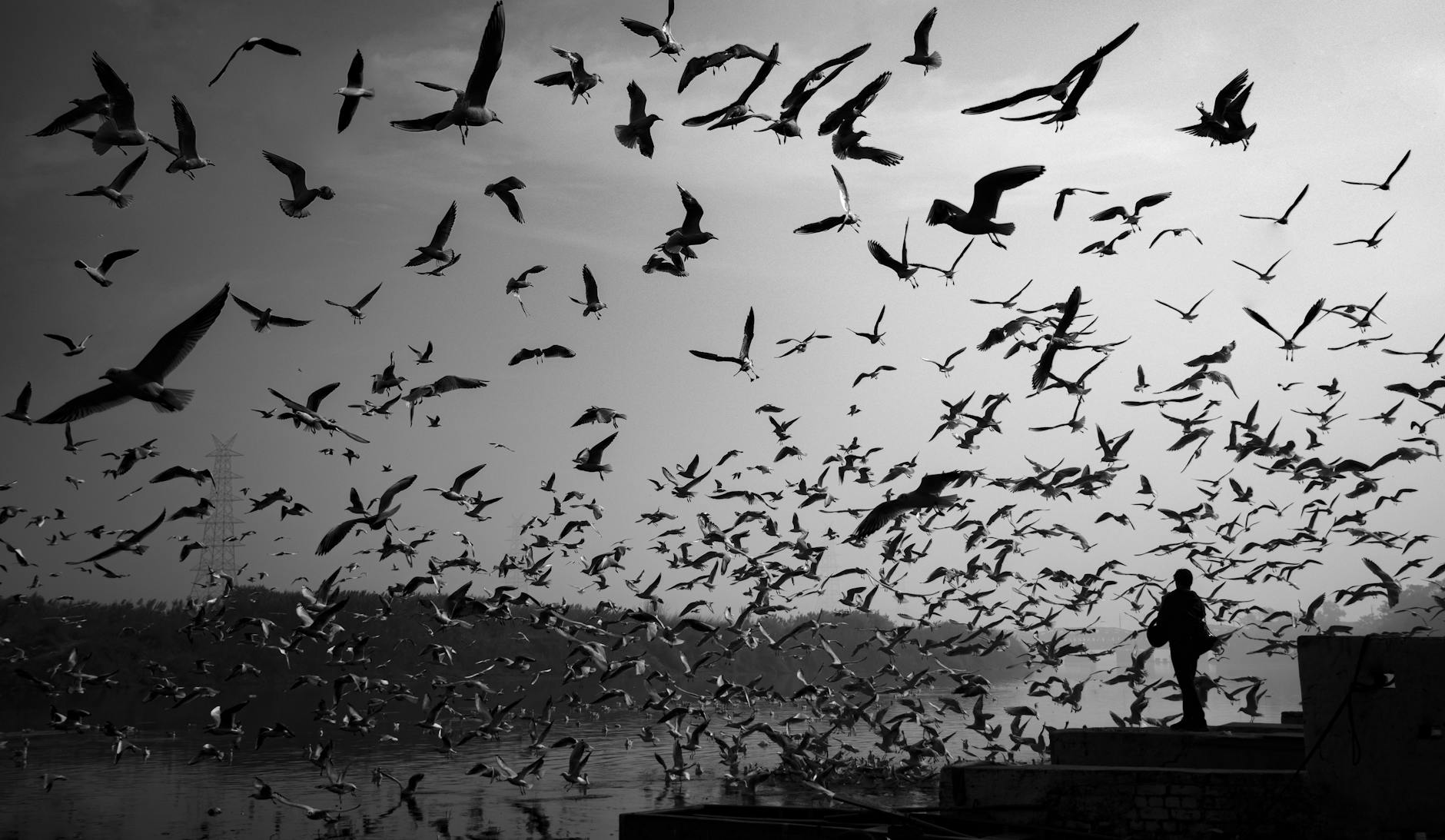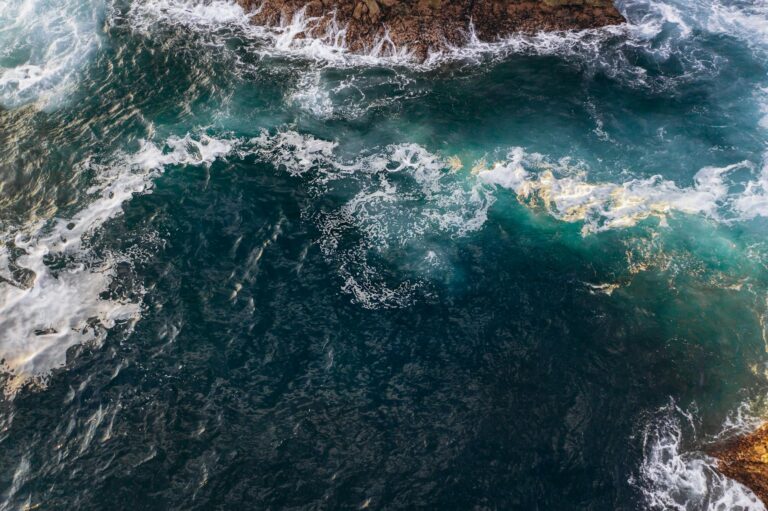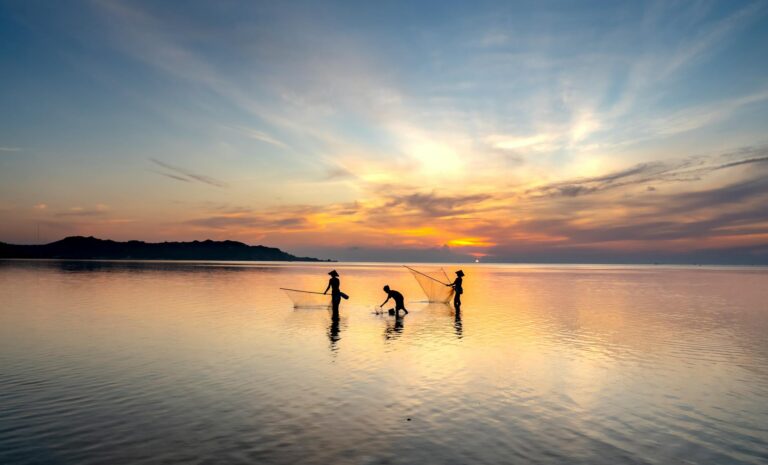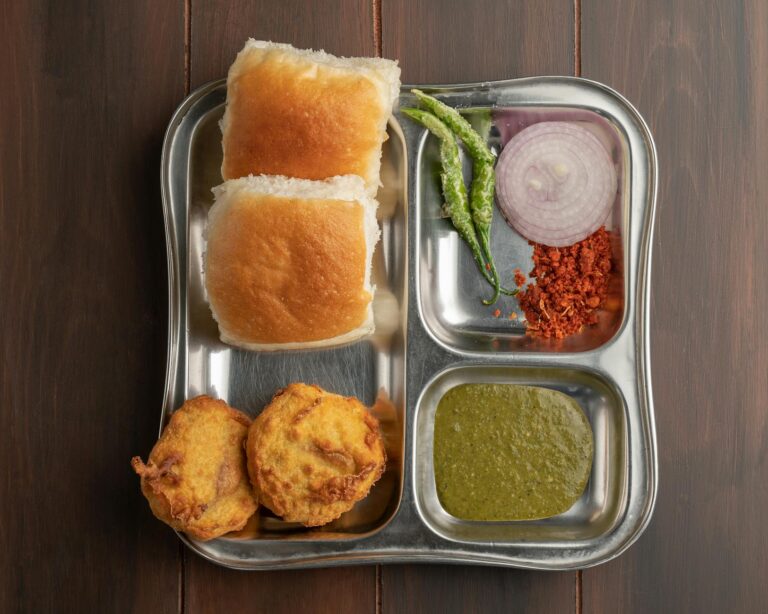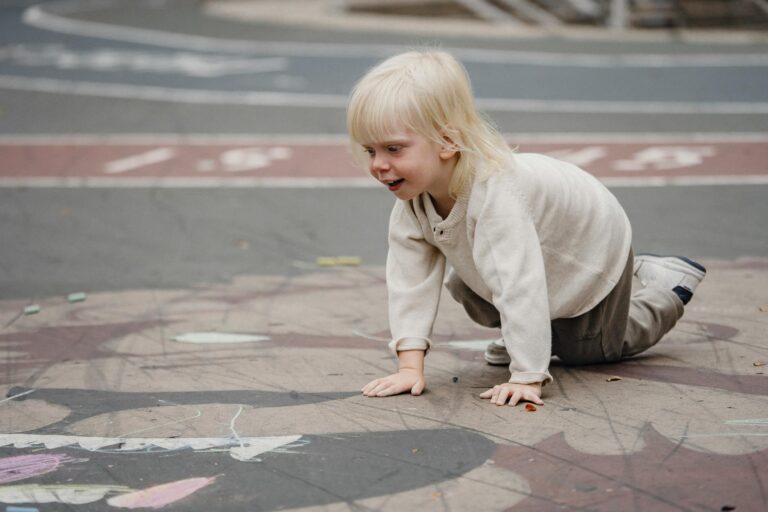India’s Crumbling Bridges: A Tragedy We Keep Ignoring
Let’s Talk About What Just Happened
So there I was, sipping my morning chai, when the news broke—another bridge collapse, this time in Gujarat. The Gambhira Bridge, connecting Anand and Vadodara, just… gave up. Nine lives gone, just like that. And here’s the thing: this isn’t some freak accident. It’s part of a pattern we’ve seen way too many times. Let me walk you through why this keeps happening, and why it makes me so damn angry.
1. Gujarat’s Latest Horror Show
The Moment It All Went Wrong
Picture this: regular Wednesday morning, people heading to work, trucks loaded with goods. Then—boom—concrete cracks, metal groans, and suddenly vehicles are plunging into the river. Eyewitnesses described it like a scene from some disaster movie. Except this was real. And preventable.
Rescue Efforts: Too Little, Too Late?
Local teams did their best, diving into those murky waters to pull people out. But here’s what gets me: the CM offered condolences while everyone nodded along. Same old script. Where was the outrage? The accountability? “Investigation underway,” they said. Yeah, we’ve heard that before.
Why Did It Happen? (Spoiler: We Know)
Early reports point to shoddy maintenance—shocker. Monsoon rains didn’t help, but let’s be real: water doesn’t collapse bridges. Neglect does. Rusted joints, crumbling concrete… the signs were probably there for years.
2. This Isn’t New – India’s Bridge Collapse Hall of Shame
Recent Disasters That Should’ve Woken Us Up
- 2022 Morbi Bridge: That colonial-era walking bridge? Snapped like a twig. 135 dead. Contractor apparently skipped safety checks because… profits?
- 2018 Kolkata: Majerhat Bridge crumbles during rush hour. Three lives lost. Turns out the steel inside had turned to Swiss cheese from rust.
- 2016 Chambal: No deaths, but trucks were stranded for weeks. Economic losses? Massive.
The Common Thread? Human Failure
Floods get blamed. Heavy traffic gets blamed. But at the end of the day? It’s always someone taking shortcuts, someone looking the other way.
3. The Real Reasons Bridges Keep Falling
Corruption 101: How Bridges Become Death Traps
Here’s how it works: Contractor uses cheap materials, pockets the difference. Inspector gets a fat envelope to sign off. Everyone wins—except the people who have to cross that bridge.
Zero Consequences Culture
Morbi contractor got what? A slap on the wrist. No jail time, no real fines. Until we start throwing people behind bars, nothing changes.
Nature’s Role (It’s Not What You Think)
Sure, monsoons erode supports. But Japan has earthquakes, Norway has freezing temps—their bridges don’t collapse weekly. Good design accounts for nature. Ours? Not so much.
4. The Aftermath: More Than Just Headlines
Families Destroyed in Seconds
150+ dead since 2016. That’s 150 families shattered. Survivors describe that split second between normal life and nightmare. Imagine driving to work and suddenly—free fall.
Economic Domino Effect
When Chambal bridge went down, prices of vegetables shot up in three states. Supply chains are fragile things. One weak link and everything unravels.
5. Is Anyone Actually Fixing This?
Paper Tigers: Our “Safety Measures”
There’s this fancy Bridge Inspection Manual collecting dust in some ministry office. Annual checks are mandatory—on paper. In reality? Maybe if someone remembers.
Public Anger That Fades Too Fast
After Morbi, there were protests. News channels screamed for weeks. Then? Silence. Until the next collapse. Rinse and repeat.
6. How Do We Stop This Madness?
Short-Term: Start With the Basics
First, audit every bridge over 20 years old. Second, make examples of negligent contractors—cancel licenses, seize assets. Hit them where it hurts.
Long Game: Smart Solutions
Drones for inspections. Sensors that detect stress cracks. Transparent bidding processes. It’s not rocket science—other countries do this routinely.
Final Thought: Will We Ever Learn?
As I write this, Gambhira’s victims are being cremated. Politicians will make speeches. Committees will form. And then? Business as usual. Until the next collapse. The bitter truth? We know exactly how to fix this. The question is—do we care enough?
Source: Navbharat Times – Default



